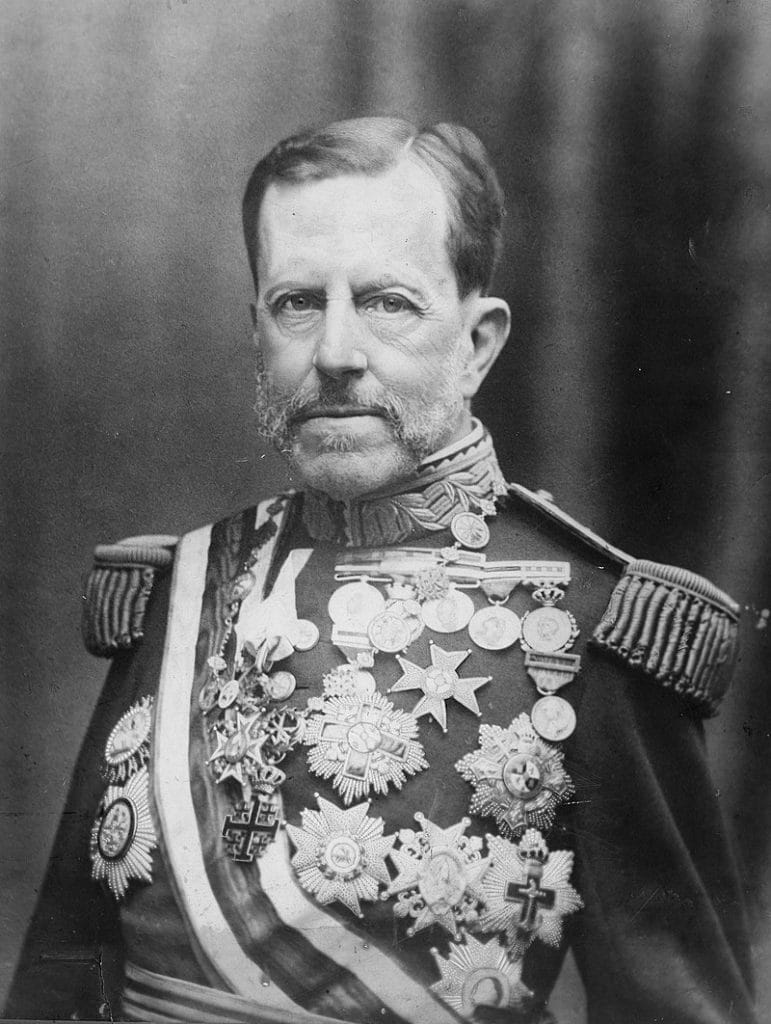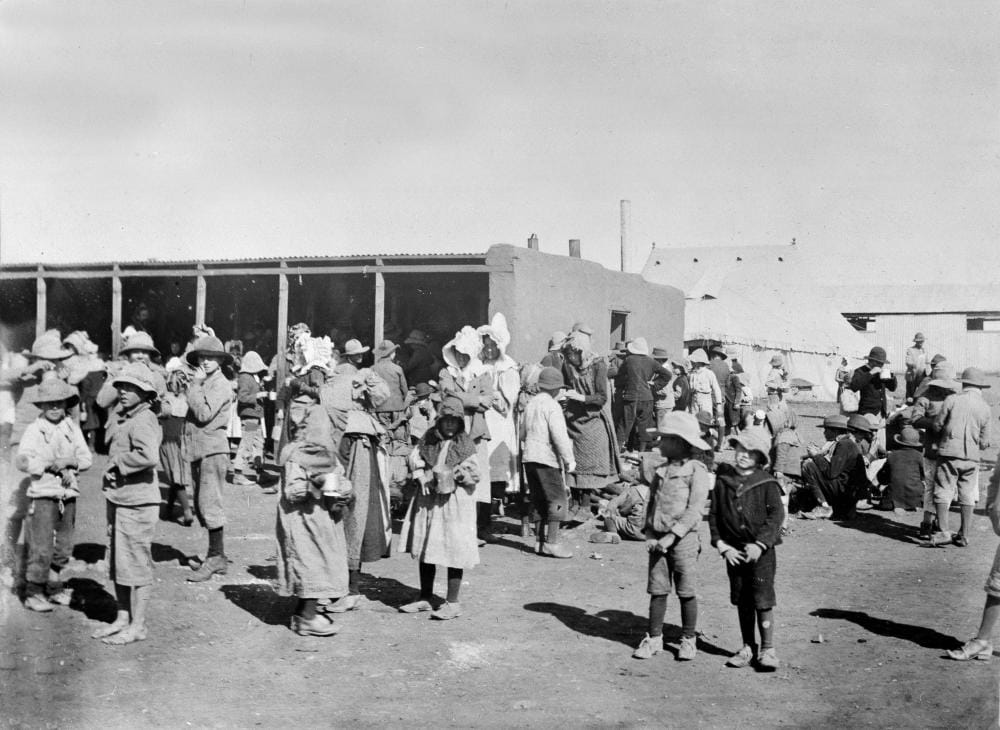The debate about who exactly invented the concentration camps: the Bolsheviks, the Americans, the Nazis or the British is often found on blogs. But the most common version is that concentration camps were an invention of the British. We decided to check if this is true.
Mention of the British as the inventors of concentration camps can be found in the media and on blogs. For example, the program on “Ren-TV». On VKontakte, you often come across posts about camps in the Boer War, just like in popular publics, and in personal blogs. In Zen, a post about English concentration camps was published in the public page “Two wars"(155,000 subscribers). Also, similar records are often found in LiveJournal.
Concentration camps in Russian are often called and prisoner of war and death camps created by Nazi Germany for the mass murder of Jews. IN English and in French The dictionary definition is very clear: a concentration camp is a place of detention where large numbers of civilians are kept in poor conditions, usually during war. And in the Russian-speaking tradition, concentration camps most often mean places of forced isolation for civilians.
The British are often called the founders of the principle of concentration camps and cite the Anglo-Boer War of 1899–1902 as an example. But the first instance of mass forced displacement of civilians during war dates back to 1896. A year earlier, an uprising began in Cuba (at that time a Spanish colony). The partisans, with the active support of the local population, initially won several local victories. The metropolitan authorities responded to this by appointing a new governor of Cuba. He became an experienced military man, Valeriano Weiler i Nicolau.

First of all, Weiler strengthened the position of the colonial troops. And then started fighting against the civilian population, seeking to eliminate the logistical support of the rebel army. He began to pursue a policy of reconcentration, that is, the forced relocation and concentration of citizens within the specified settlements. The order, signed by Valeriano Weiler, stated: “For eight days, all residents of rural areas or settlements outside the line of fortified cities must concentrate within the cities occupied by the troops. All residents of rural areas or areas outside the line of fortified cities will be concentrated within the cities occupied by troops for eight days. Anyone who disobeys this order or is found outside the prescribed areas will be considered a rebel and will face trial.”
Peasants drove away their lands, houses and crops were burned, and the Cubans themselves were placed in a fenced area. At first they were provided with plots of land, but then there were so many so-called reconcentrados (“displaced”) that they did not have enough housing. American diplomat Fitzhugh Lee described it like that conditions of detention of the Cubans: “This is an old abandoned warehouse near the docks, standing on dilapidated stilts over a large stinking puddle... There was no separation between men and women, there were no toilets, no beds... The incidence of illness was growing every day. Spanish troops occupied almost all the buildings, and there was no housing left for the rest of the population. For reconcentrados, houses are just pigsties; people have stopped breathing clean air. Like food shortages, it causes hundreds of deaths.”

American historian Spencer Tucker wrotethat Weiler's policies led to a humanitarian and then an economic catastrophe. Agriculture in Cuba rapidly declined, repressions against the civilian population only temporarily led to the desired effect, and then the peasants began to support the rebels even more zealously. Moreover, the reconcentration policy influenced on public opinion in the United States, and Spain's war to retain its colony became the Spanish-American War. The result of the reconcentration was death more than 200,000 civilians.
Thus, the principle of the forced concentration of civilian populations appeared more in Cuba than in South Africa. But it was the British administration that brought it to the state of prison camps.

Britain's War against the Boer Republics (known as second Boer War) began in 1899. The Boers - predominantly emigrants from the Netherlands - by then controlled two independent states in South Africa: the Transvaal and the Orange Republic. During the first war with Great Britain (1880–1881), they managed to defend their independence. In the second British campaign the fighting became more intense.
Due to the overwhelming numerical and technical superiority of the British army, the Boers suffered several defeats and the war became a guerrilla war. In order to cut off enemy contacts with the local population, the British command created a system of internment camps. How explains South African historian Elizabeth van Heyningen, at first the British called them refugee camps, but by the end of 1900 the term "concentration camps" was more commonly used.
Punitive measures against the local population were used from the beginning of the war: for example, the commander-in-chief of the British forces, Frederick Roberts ordered burn down the nearest farm after every guerrilla attack. At the end of 1900, he was replaced by Lord Kitchener, who further tightened his policy towards the Boers.

The first camps appeared in July 1900, after the Transvaal capital, Pretoria, came under the control of the British army. Mostly women and children were sent to the camps. The men were considered prisoners of war and sent to hard labor outside South Africa. In total there were created 45 camps for Boers and 64 additional camps for native Africans. The camps consisted of closely packed tents - the inhabitants were constantly in need of water and food, medical assistance was provided only in extreme cases, and unsanitary conditions reigned everywhere. British civil activist Emily Hobhouse, who visited several of these camps, drew the attention of the press to the intolerable conditions in which women and children found themselves.

During the war, more than 26,000 women and children died in the camps, many of whom were victims of typhus and measles. The practice of forcibly transferring civilians to places of detention existed throughout the war, despite public protests. In 1900 Liberal Party MP Lloyd George accused his compatriots for atrocities and reproached them for borrowing experience from the Spaniards, meaning reconcentration in Cuba.
Thus, the Spaniards were the first to use the practice of concentration camps in 1896 in Cuba. But within a few years, the British expanded this strategy of combating civilians by creating an entire system of camps.
Cover image: Bloemfontein concentration camp, UK National Archives / Wikimedia Commons
Half-truth
If you find a spelling or grammatical error, please let us know by highlighting the error text and clicking Ctrl+Enter.






